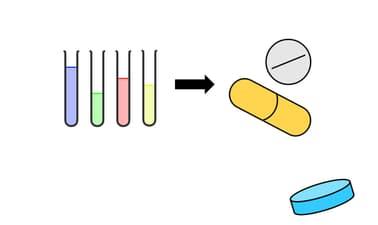MOOC List is learner-supported. When you buy through links on our site, we may earn an affiliate commission.

MOOC List is learner-supported. When you buy through links on our site, we may earn an affiliate commission.
In this course about preclinical safety, students will learn methods for quantifying the safety of a potential drug. The three-week course starts with the origins of preclinical safety programs as well as preliminary safety testing for promising compounds in a drug program. The second week emphasizes in vivo safety studies in representative rodent and non-rodent preclinical animal species. In the final week, students will learn how the PK properties are used with efficacy data to predict the human efficacious dose and assist in drug formulation.
Students in the course should understand human anatomy. An understanding of both pharmacodynamics and pharmacokinetics will also be helpful. The course is designed in modules. Each module opens with a short video on a selected topic. The module continues with a short reading or exercise with an assessment activity. Each module will require approximately 1 hour to complete, and the course includes 15 modules. Two approaches to the course are recommended. One, a student might spend an hour per day on the course and complete all 15 modules in approximately three weeks. Two, a student with additional available time may be able to work through the entire course in just a single week or over an extended weekend.
Students signed up for the Audit Track have access to the instructional video materials. Students enrolled through the Verified Track have access to the instructional videos, the readings and activities, the assessments, as well as selected additional videos related to the primary instructional videos.
What you'll learn
- distinctions between pharmacology and toxicology
- origins of preclinical safety studies required by regulatory agencies
- common in vitro tests for safety risks
- the design of different in vivo preclinical safety studies
- the basis for calculating an investigational drug’s first-in-human dose
- processes for monitoring the safety of drugs that are already approved and in the hands of patients
Syllabus
week 1
pharmacology & toxicology
preclinical safety timeline
tragedies in drug safety
in vitro safety assays
risks from hERG channel inhibition
week 2
on-target toxicity
in vivo toxicology studies
drug-drug interactions
intra-family target selectivity
drug purity and safety
week 3
efficacy vs. safety risks
maximum recommended starting dose
safety in oncology drugs
preclinical safety concurrent with clinical trials
post-approval surveillance
MOOC List is learner-supported. When you buy through links on our site, we may earn an affiliate commission.
MOOC List is learner-supported. When you buy through links on our site, we may earn an affiliate commission.
